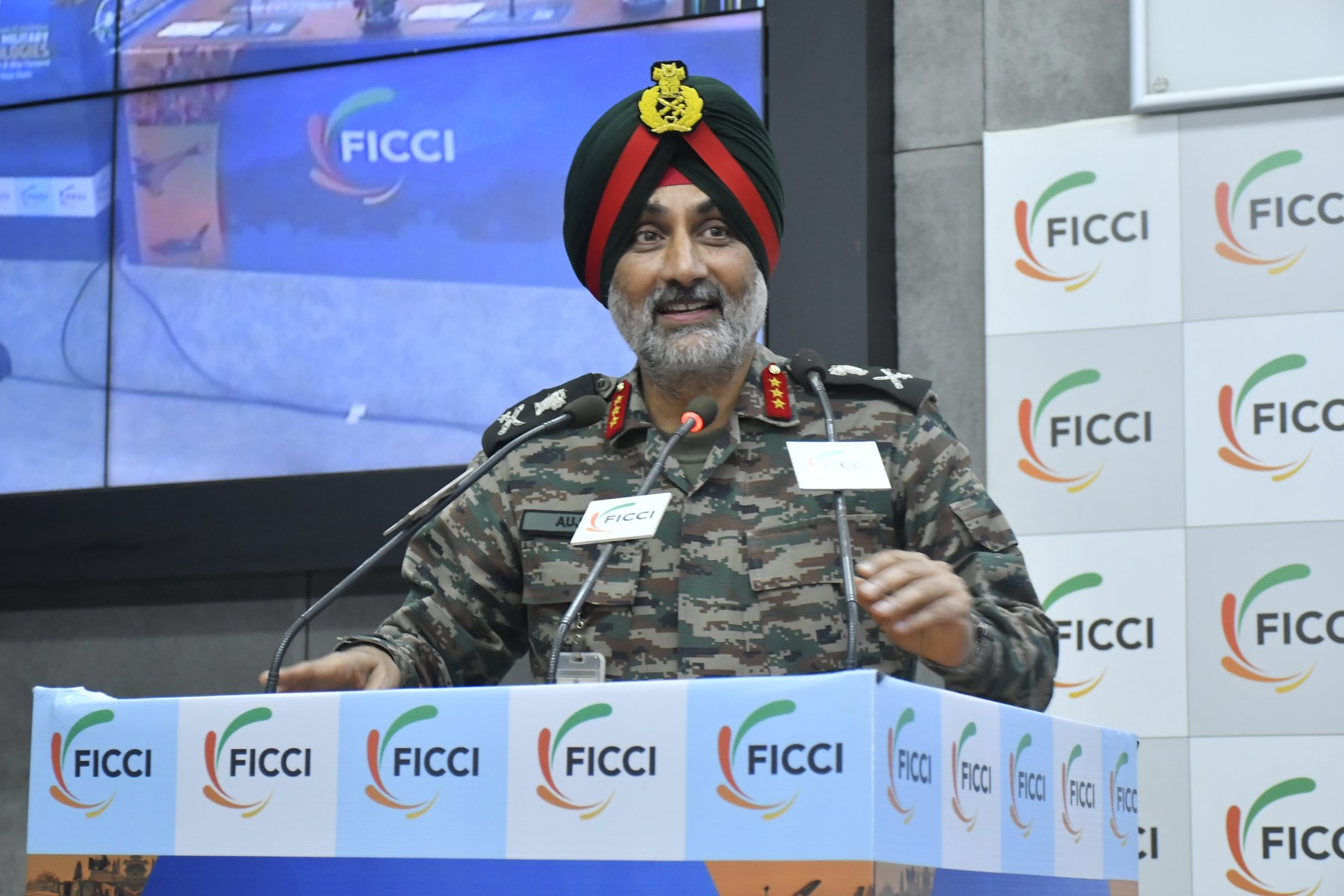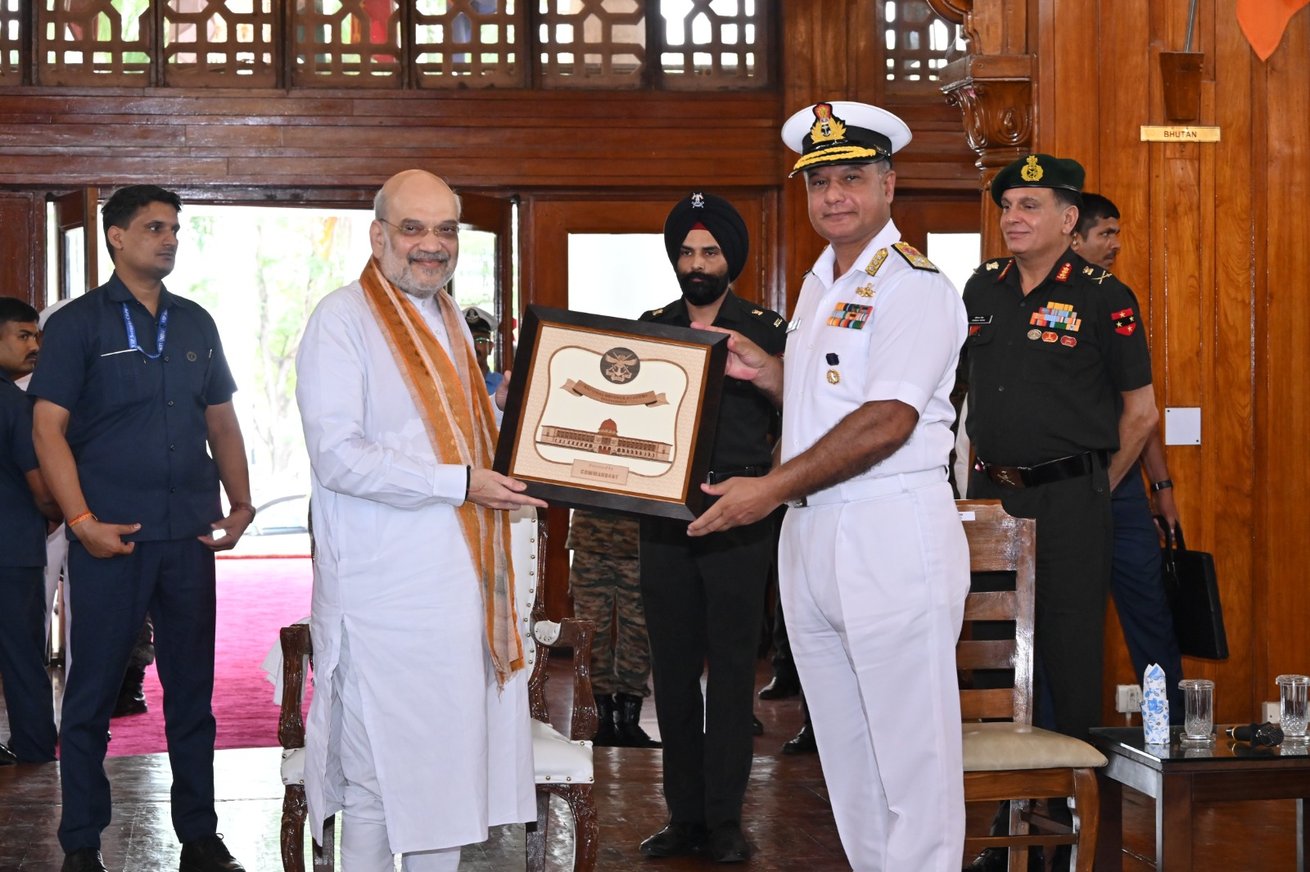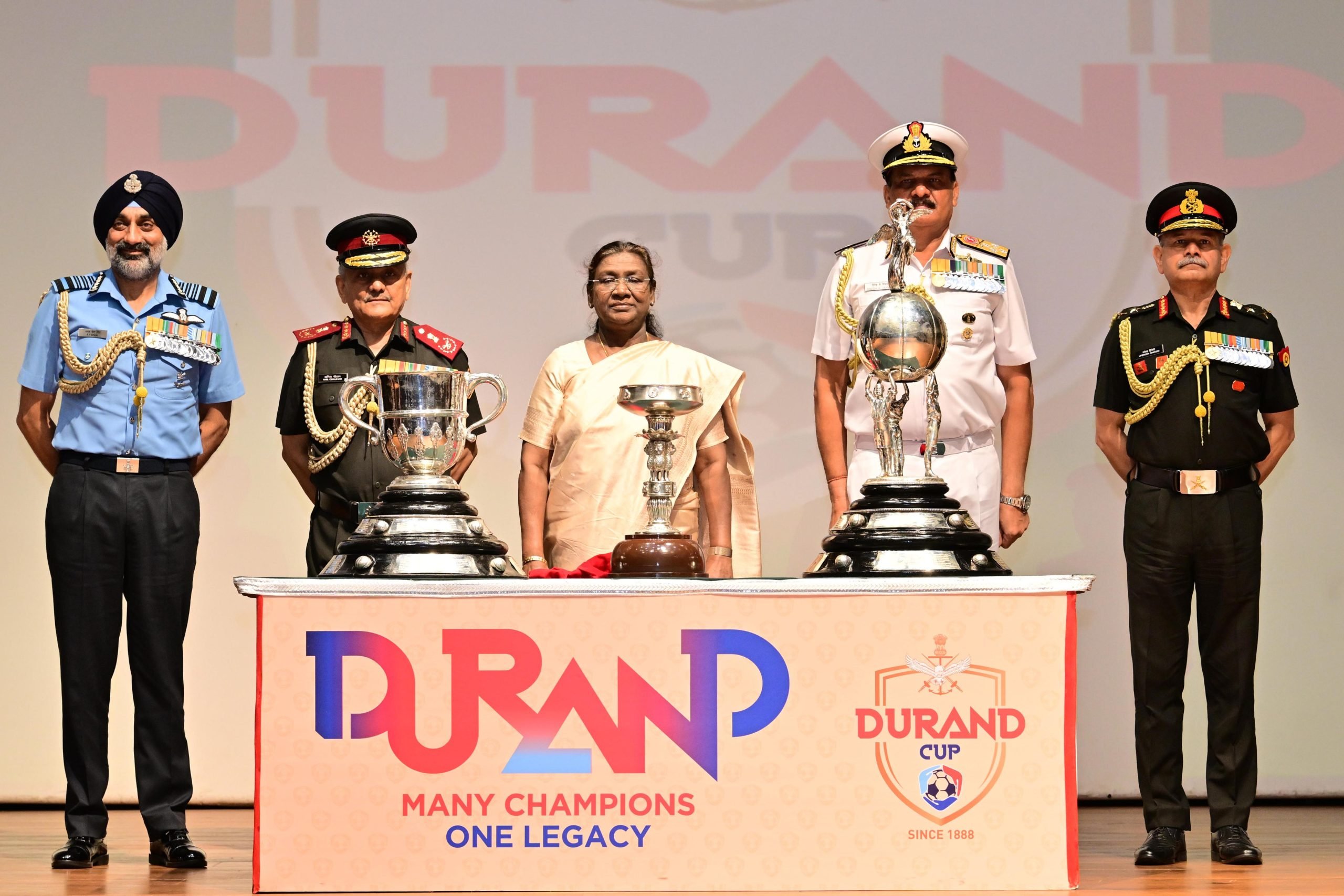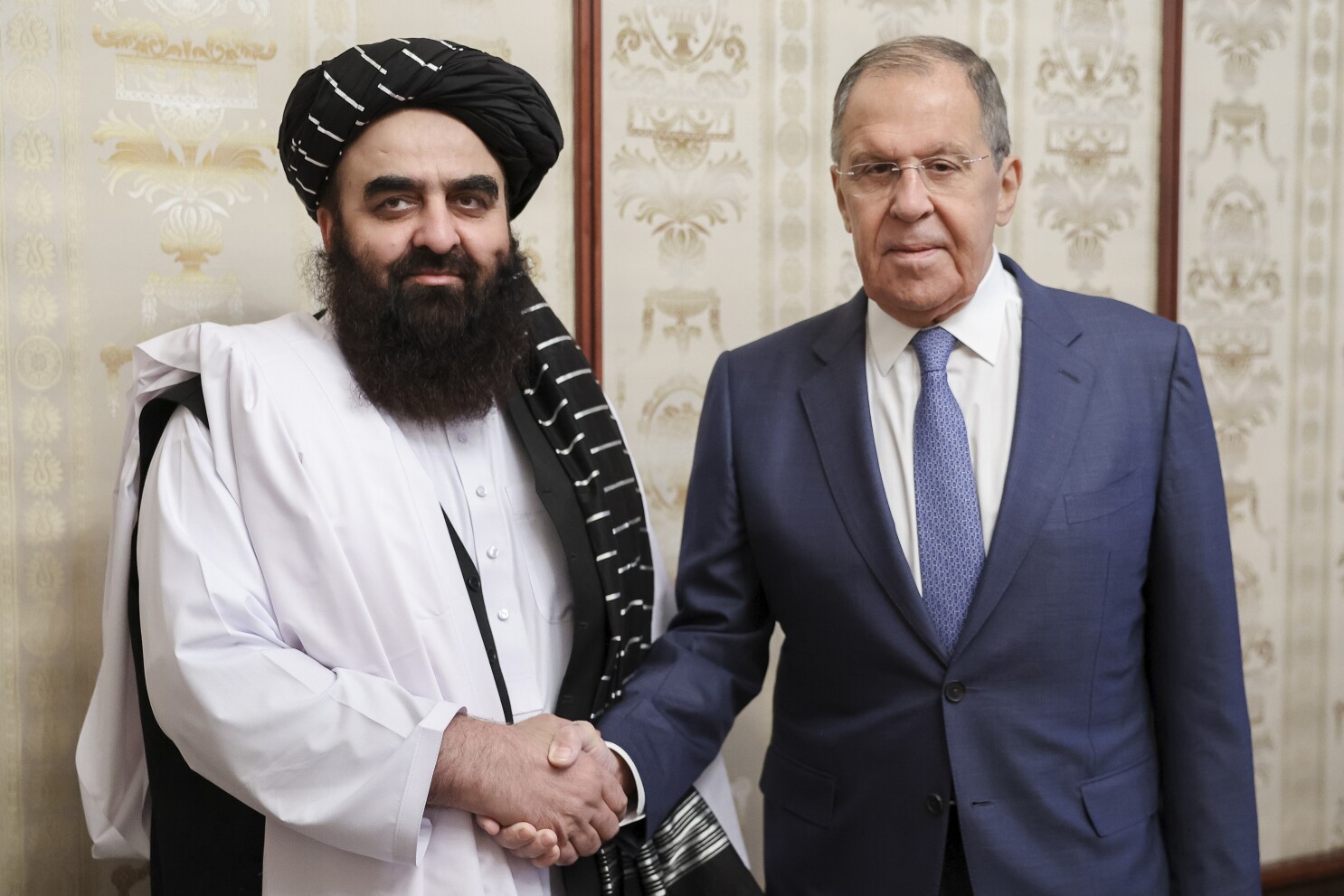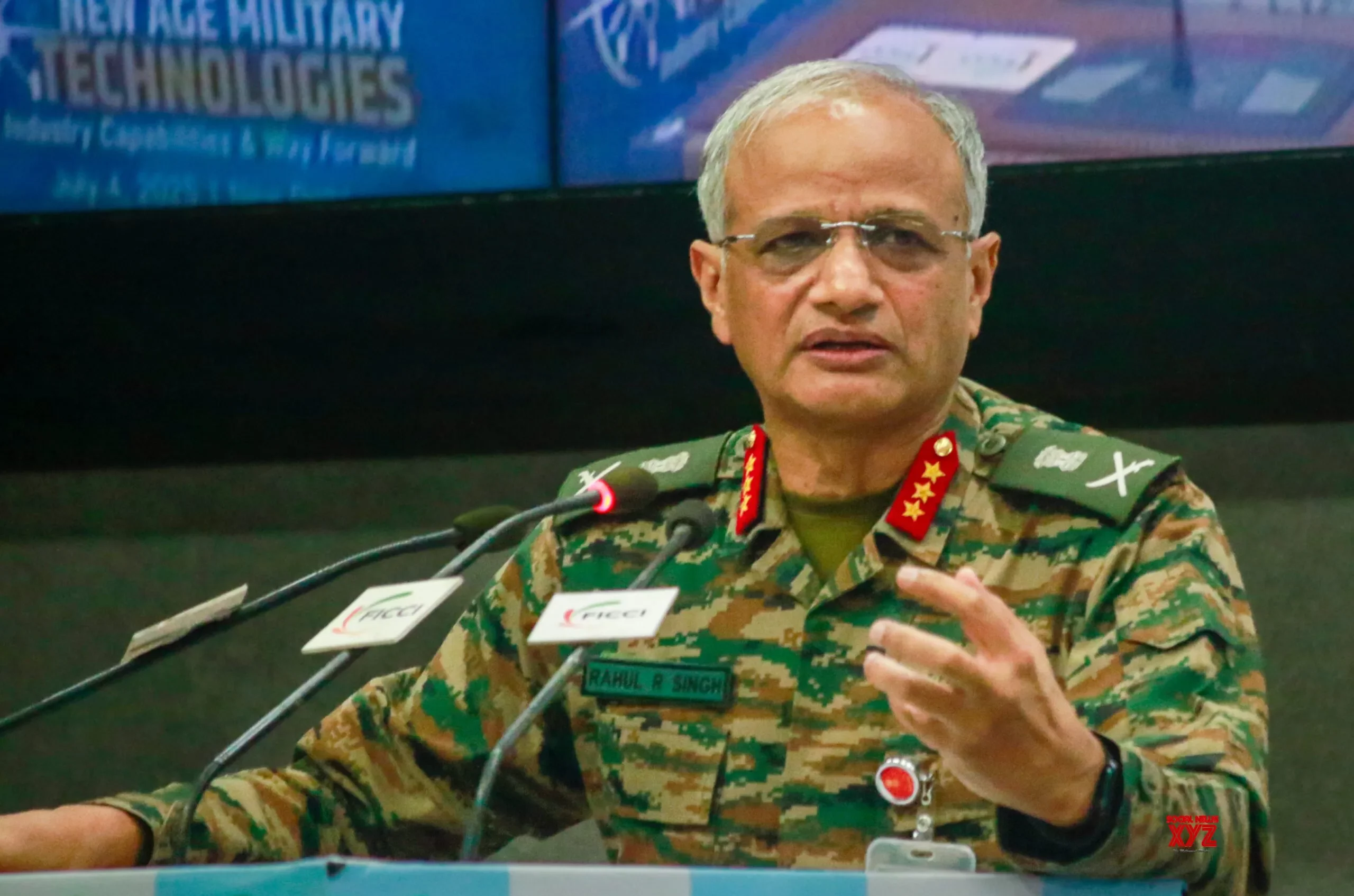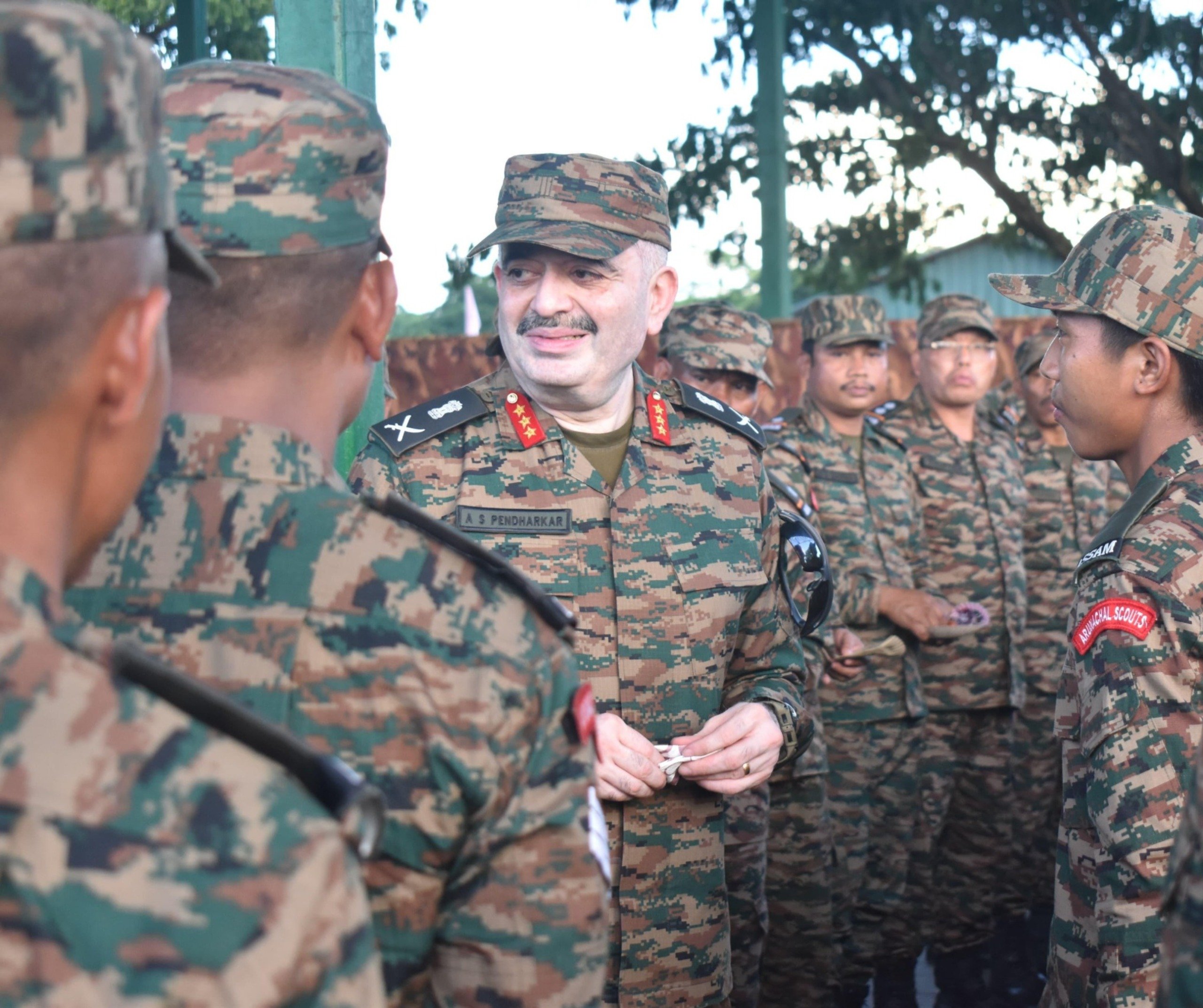Indian Army Unveils Futuristic Modernisation Plan, Calls for Industry Collaboration
The Indian Army has rolled out an ambitious modernisation roadmap aimed at transforming its combat capabilities for next-generation warfare. The…
Amit Shah Inspires NDA Cadets During Visit to National Defence Academy
Union Home Minister Amit Shah visited the National Defence Academy (NDA) today, delivering a powerful address to the future leaders…
President Droupadi Murmu, CDS, and Armed Forces Chiefs Unveil Durand Cup 2025 Trophies at Rashtrapati Bhavan
President of India, Smt Droupadi Murmu, unveiled and flagged off the trophies of the Durand Cup 2025 at a special…
Russia Becomes First Nation to Officially Recognize Taliban Government Since 2021 Takeover
In a landmark diplomatic shift, Russia has become the first country to officially recognize the Taliban-led government of Afghanistan since…
1 Border, 3 Enemies: Army Reveals China and Turkey Backed Pakistan During Operation Sindoor
In a sharp assessment of the recent cross-border conflict with Pakistan, the Indian Army has revealed that Operation Sindoor was…
Lt Gen Abhijit S Pendharkar Reviews Operational Preparedness in Forward Areas of Arunachal Pradesh
In a move underscoring the Indian Army’s commitment to technological advancement and frontline readiness, Lieutenant General Abhijit S Pendharkar, General…

